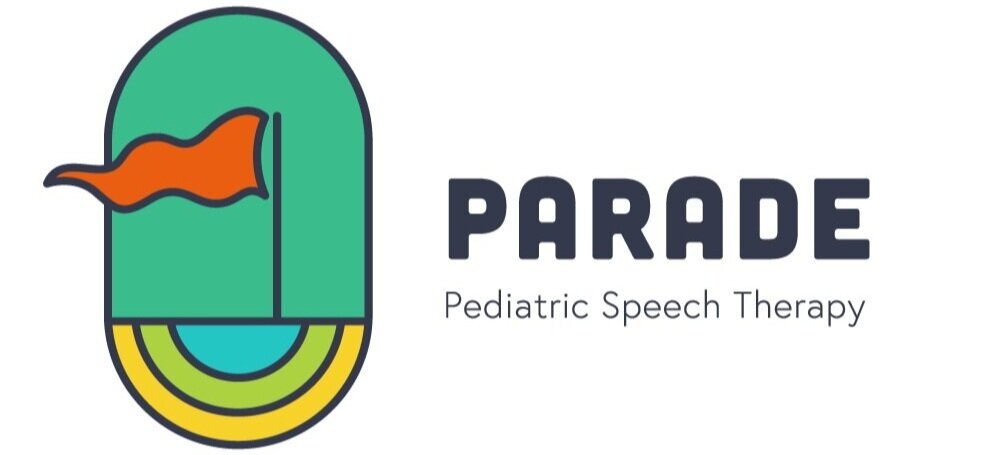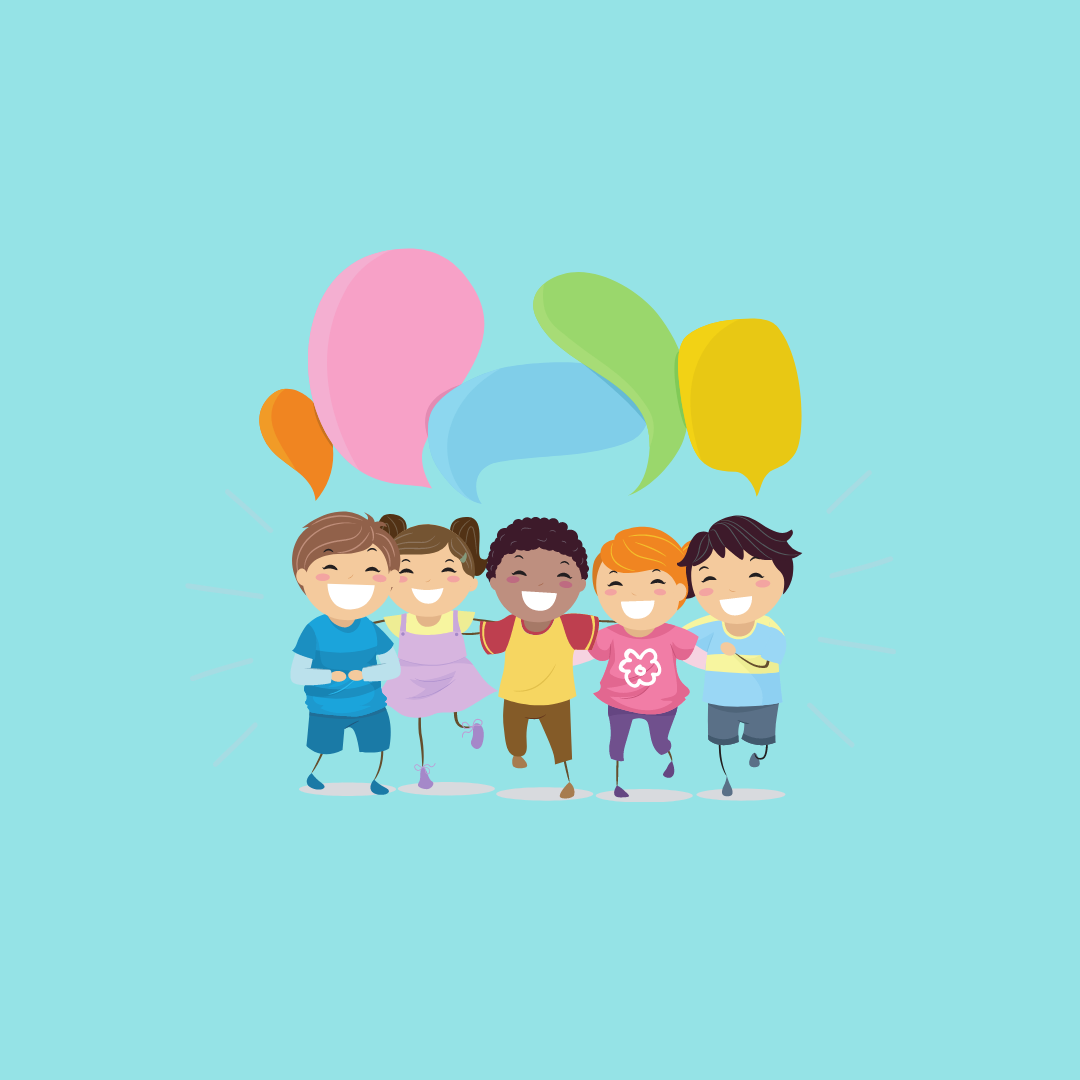How Do I Know If My Child Is a Gestalt Language Processor?
You may have heard the term gestalt language processing being talked about lately if you’re a speech therapist or a parent or caregiver who has been researching speech and language development in children. If you’re new to gestalt language processing, check out my previous blog post, “What is Gestalt Language Processing?”.
For most of us, information about gestalt language processing is pretty new even though the research and information about it has been around for decades. Historically, most speech therapy university programs have taught that analytic language processing, which we can think about as traditional language processing that correlates with the communication milestones from pediatricians and the CDC, is the only “right” and “normal” way to process and develop language.
Lately, some speech therapists (SLPs) in the field (including myself) have been questioning the ways that we have always been doing things such as ignoring and redirecting echolalia (echoed phrases that may seem to have no context or meaning to the listener) and other ableist practices that pervade our field, especially in pediatrics.
Thanks to platforms such as @meaningfulspeech and @bohospeechie on Instagram, access to information about gestalt language processing is more available to speech therapists and parents alike. Learning more about gestalt language processing honors the way different brains work to acquire language and gives us another way to look at natural language development than what we were taught in school, or that we see everywhere in our culture.
So how do you know if a child may be a gestalt language processor?
Here are some things to look for:
Doesn’t use single words as units to put together ideas (ex. in contrast to a child who first says “milk” and then says “more milk”).
May rewind Youtube videos to specific favorite parts to watch them over again or want to read the same books repeatedly to learn and recite them.
Imitates long strings of sounds that you may not understand with rich rising and falling intonation that may sound musical. For example, you may recognize a song that a child is singing due to the intonation even if they can’t quite pronounce all the words in it. Or you may recognize a phrase from a TV show said in the same intonation but that isn’t completely understandable otherwise.
Echoes phrases or sentences from movies, videos, TV, or other people that they heard previously (ex. To infinity and beyond!). These can be single words or whole phrases. The words and phrases are usually said in the same way and they may seem out of context to the listener when they are said but they are communicative.
If your child demonstrates delayed echolalia, they may not usually imitate you in the moment when you say “Say ____” but may imitate what you said hours, days or weeks later.
If your child is using language echoed by others, TV, movies or videos to communicate or express themselves, they may be a gestalt language processor. This is a natural way to develop language under the Natural Language Acquisition framework by Marge Blanc, which has 6 stages. Some kids can get stuck in the first stage of natural language acquisition and need help acquiring more gestalts (echoed phrases) that they can easily break down later to mix and match to create self-generated language. For example, a child who is imitating gestalts from movies or books, such as “To infinity and beyond!” or “Alligators and elephants” that are hard to break down and mix and match, they may get stuck in Stage 1 without extra support. Examples of gestalts that can be easier to mix and match to create novel sentences are: “Let’s get outta here! It’s a dinosaur! We did it! What’s next?"
One important thing to keep in mind is that gestalt language processors need different strategies than analytic language processors to support language development. Our “traditional” speech therapy strategies, such adding one word to what the child said or teaching single words such as “more” to request, don’t work for gestalt language processors. These “traditional” strategies can often leave gestalt language processors with stuck one-word chunks of language that they can’t break down in the future, which delays the acquisition of self-generated language.
To learn more about support for gestalt language processing, check out the book Natural Language Acquisition on the Autism Spectrum by Marge Blanc.
In addition to taking continuing education courses and reading articles, the following accounts are the main ones I follow on Instagram to learn more about gestalt language processing. I’m sure there are more out there and as I learn more, I will share them with you!
@meaningfulspeech
@bohospeechie
I am trained by Meaningful Speech in assessing and supporting natural language development in gestalt language processors and I am on a path of continual learning. If you think your child could be a gestalt language processor and needs support developing novel language, contact me for a free consultation!

